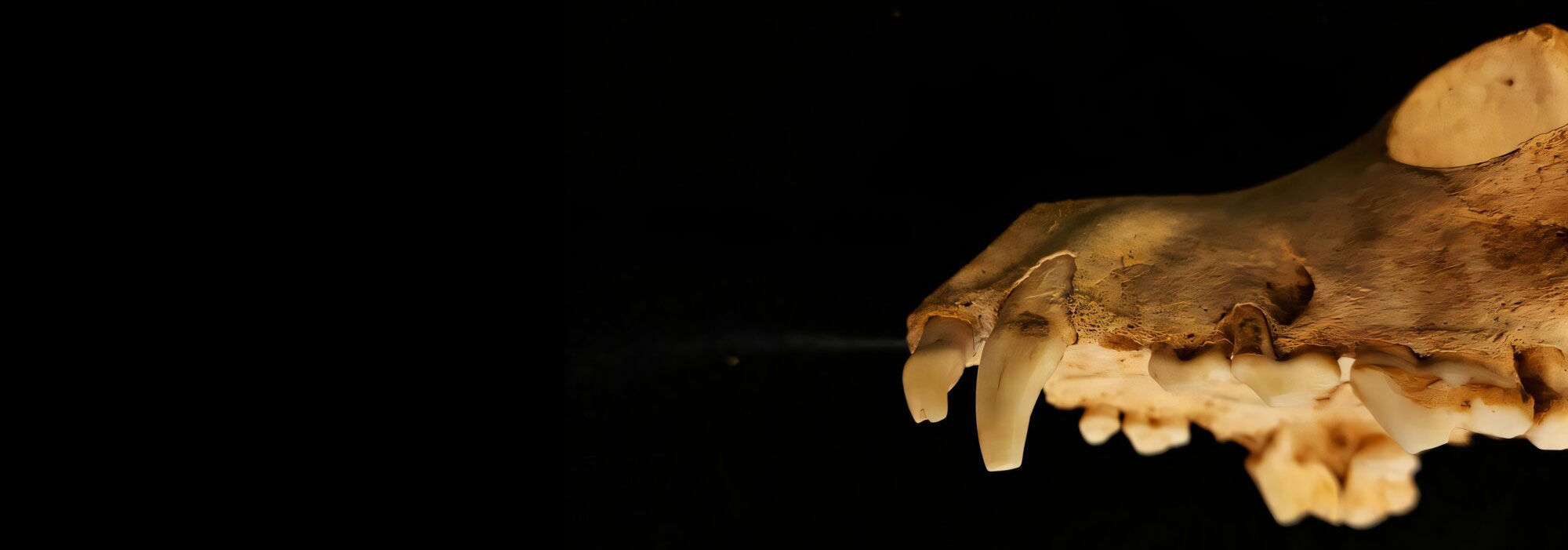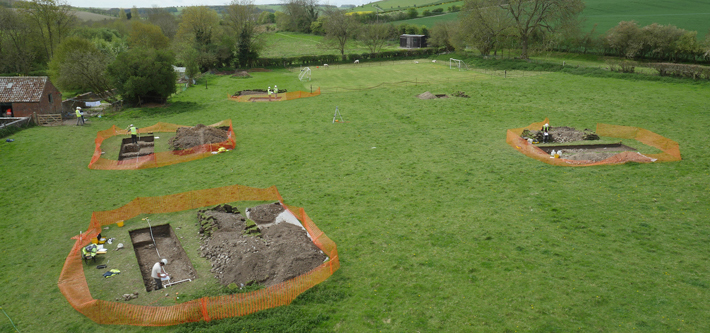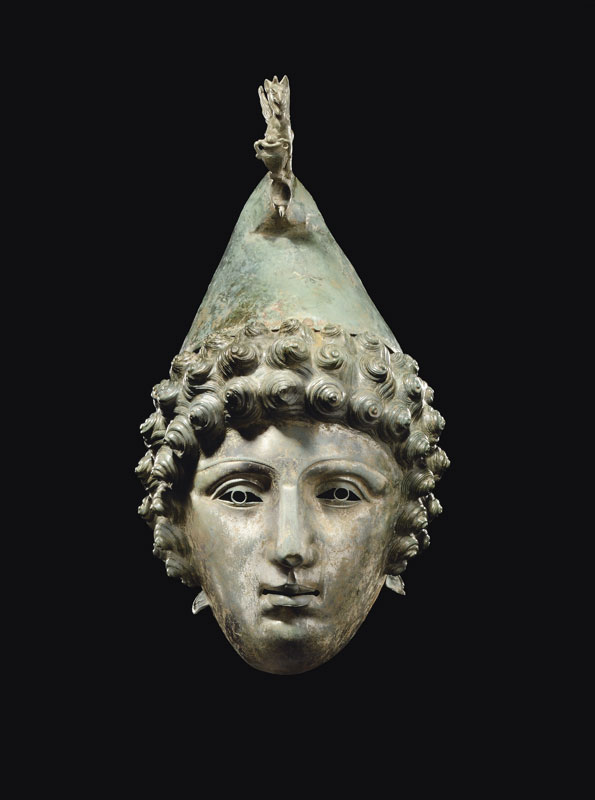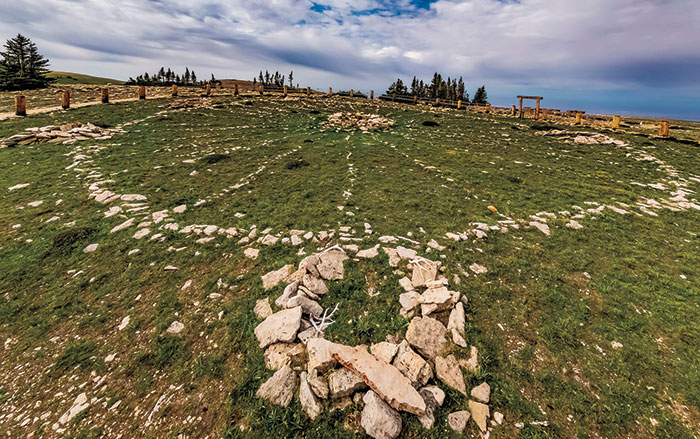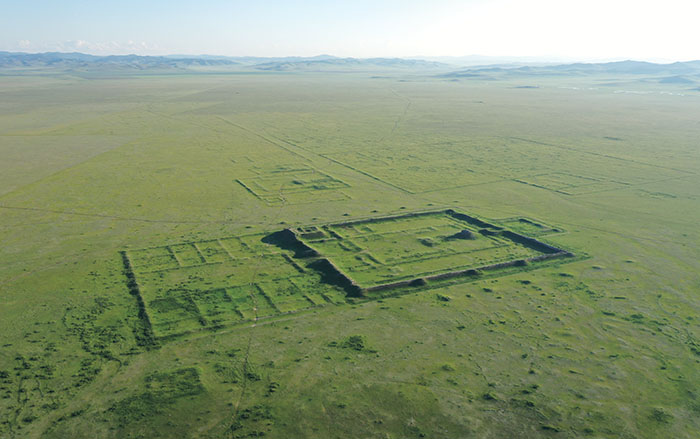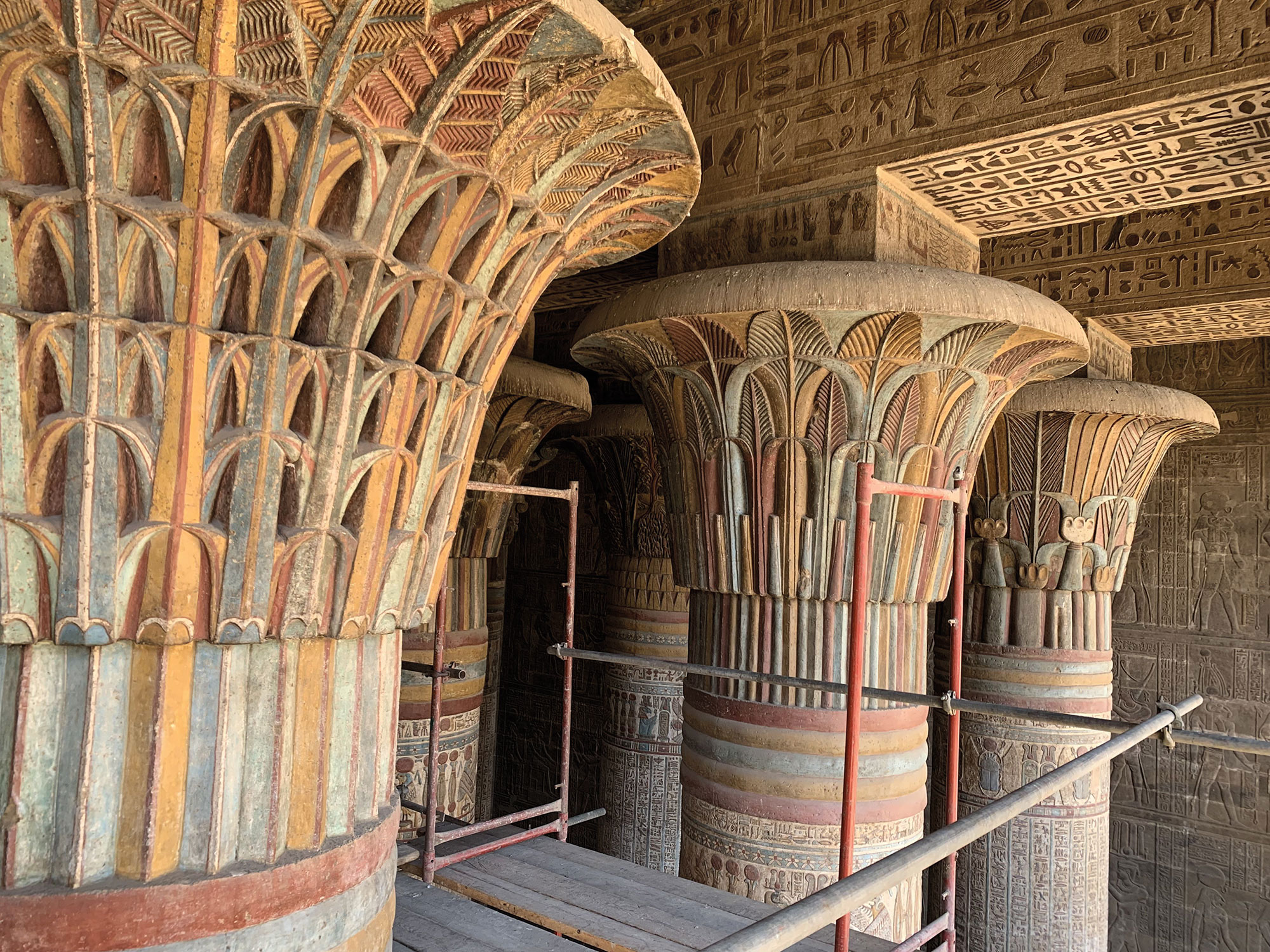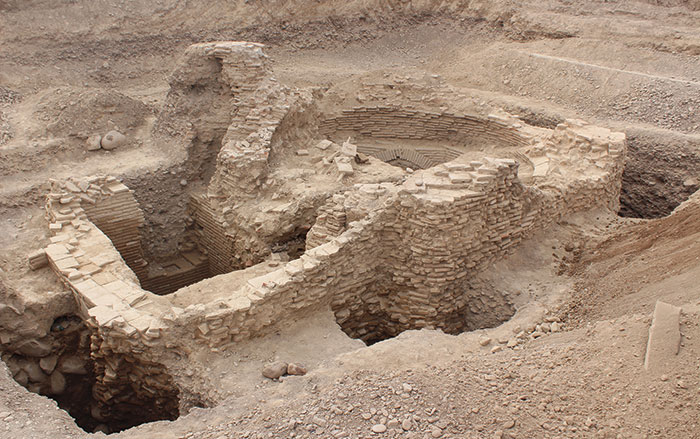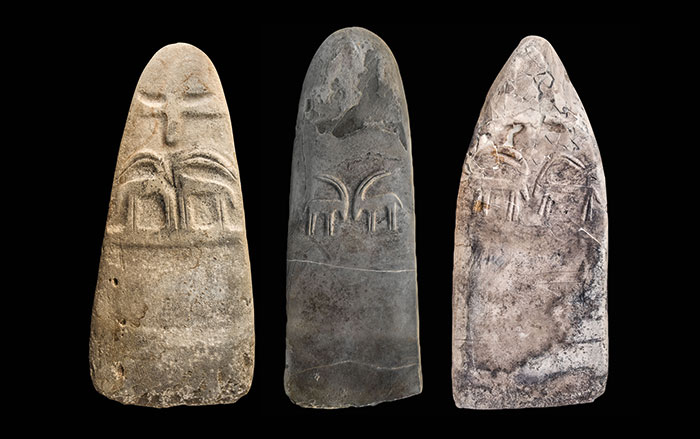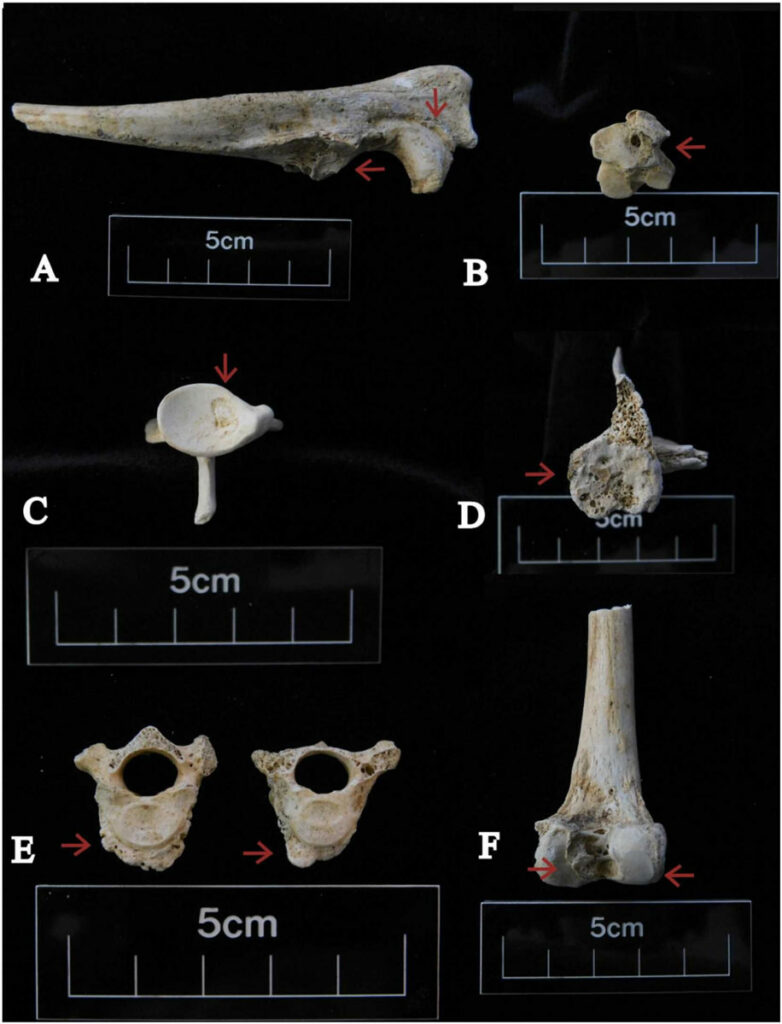
NESCOT, ENGLAND—New insights have been made about the enigmatic burial of dozens of Roman-era dogs in the Nescot shaft in Surrey, according to a Science News Today report. Archaeologists first explored the site in 2015. It was used as a Roman quarry and featured a series of deep pits cut into the chalk, which had been subsequently backfilled between the first and the fourth century a.d. One 13-foot-deep shaft contained over 5,300 bones from approximately 140 individual dogs. Dogs were a common part of Roman daily life as hunters, herders, and companions, but were also associated with certain deities and played a role in a number of religious and ritual practices. Scholars were perplexed as to who these dogs were and why so many of them had been thrown into the hole. The new study, led by University of Reading archaeologist Ellen Green, revealed that the majority of the canines were small breeds with disproportionately short legs, similar to today’s corgis. Most of them seemed to be older dogs and appeared to have been well cared for throughout their lives. Furthermore, their skeletal remains showed no signs of butchering to obtain either their meat or fur. The presence of some human remains in the pit, and comparisons with other similar shafts in Roman Britain, led Green to conclude that the dogs were not simply discarded pets. Rather, she suggests that they were deposited during ritual ceremonies. “The Romans had specific rules about what types, colors, ages, and sexes of animals were appropriate for sacrifice to different gods,” she said. “It’s likely that these dogs were chosen based on such cultural criteria.” Read the original scholarly article about this research in International Journal of Paleopathology. To read about a canine figurine excavated in Gloucestershire that may have had a connection to healing, go to "Artifact: Roman Dog Statue."


